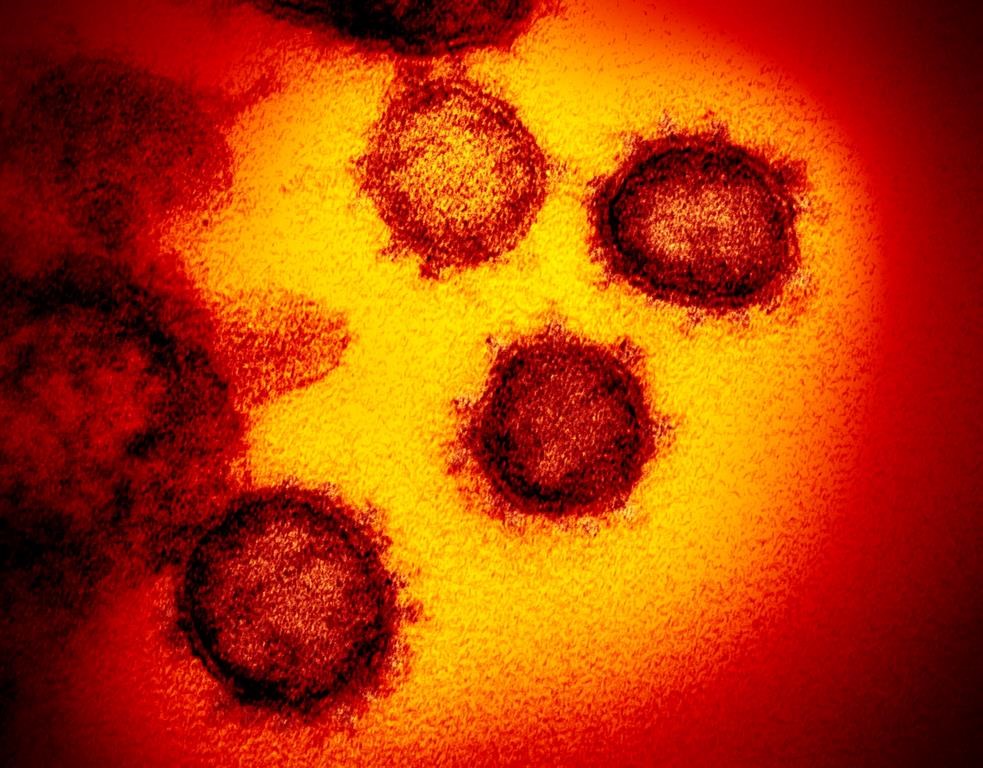The physician director of Indigenous Physicians Association of Canada warns First Nations are being disproportionately harder hit by spiking rates of COVID-19 in Manitoba and says governments need to work with Indigenous leaders to fix issues leaving communities at higher risk.

Dr. Mandy Buss says while Indigenous people make up about 10 per cent of Manitoba’s population, they’ve been making up nearly 20 per cent of the province’s daily case counts.
“We’re seeing high numbers in the ICU here in the province — some days it’s been up to 68 per cent of the ICU admissions,” Buss told Global News Morning Winnipeg Friday.
“That’s concerning because that’s a huge number compared to the population representation.”

As Manitoba health officials announced 438 new cases province-wide Friday, data from the Assembly of Manitoba Chiefs showed 82 were Indigenous.
The AMC said 16 of the 43 people currently in ICU with the virus are First Nations, and in all 69 Indigenous people are hospitalized with COVID-19.
Buss says there are a number of factors that leave First Nation communities both more susceptible to COVID-19, and at higher risk for severe outcomes.
“We can’t deny the impacts colonization has had on Indigenous people, both historically and contemporary.”
“When we look at things like poor housing in communities, overcrowding, often there’s not enough housing in many of these communities and multiple families live in one home — this makes it hard to isolate into different rooms.”
She says poor ventilation in the often cramped housing is also leading to higher infection rates, as is poor water quality found in some communities.
“Sanitizing is difficult. Some homes don’t have running water to them, so that makes things very difficult,” she said.
And as poor living conditions increase the risk of COVID-19 spreading, Buss says isolation, poverty, and income security issues increase the risk of severe outcomes for those who catch the virus.
- Invasive strep: ‘Don’t wait’ to seek care, N.S. woman warns on long road to recovery
- Canadian man dies during Texas Ironman event. His widow wants answers as to why
- ‘Super lice’ are becoming more resistant to chemical shampoos. What to use instead
- ‘Sciatica was gone’: hospital performs robot-assisted spinal surgery in Canadian first
“If you need to quarantine if you get the virus, you need to be able to have food in the home for those two weeks, you need to have the support system around you to help you through that time,” Buss said.
“Often these things are not there for First Nations communities or individuals.
“Isolation plays a role too, transport to tertiary centres, doing that safely in isolation with proper PPE that’s limited, access to doctors and nursing in some of these communities is limited.”
Of the 207 Manitobans who have died from COVID-19 since March, 27 are Indigenous — including nine this week alone — and AMC numbers show the victims have ranged in age from 38 to 84.
As of Friday the AMC says 2,155 Indigenous Manitobans have tested positive for COVID-19, and 1,401 cases remain active.
The group says 38 Manitoba First Nations have experienced some level of COVID-19 infection since the pandemic arrived in the province in March.

On Thursday, members of the military were sent in to help with an outbreak that has infected all 28 residents at the Rod McGillivary Memorial Care Home on the Opaskwayak Cree Nation, located about 520 km northwest of Winnipeg, near The Pas.
Buss says governments need to work collaboratively with Indigenous leadership to meet the needs of affected communities and address the gaps that are perpetuating the spread of COVID-19.
“Approaches and policies need to be embedded in anti-racism and models that incorporate Indigenous values of health and well-being,” she said.
“I think some of that work is being done in various areas so that’s good to see.”
Last week the federal government committed to providing more than $61 million to help Indigenous communities in Manitoba fight the COVID-19 pandemic.
Questions about COVID-19? Here are some things you need to know:
Symptoms can include fever, cough and difficulty breathing — very similar to a cold or flu. Some people can develop a more severe illness. People most at risk of this include older adults and people with severe chronic medical conditions like heart, lung or kidney disease. If you develop symptoms, contact public health authorities.
To prevent the virus from spreading, experts recommend frequent handwashing and coughing into your sleeve. They also recommend minimizing contact with others, staying home as much as possible and maintaining a distance of two metres from other people if you go out. In situations where you can’t keep a safe distance from others, public health officials recommend the use of a non-medical face mask or covering to prevent spreading the respiratory droplets that can carry the virus. In some provinces and municipalities across the country, masks or face coverings are now mandatory in indoor public spaces.
For full COVID-19 coverage from Global News, click here.





Comments